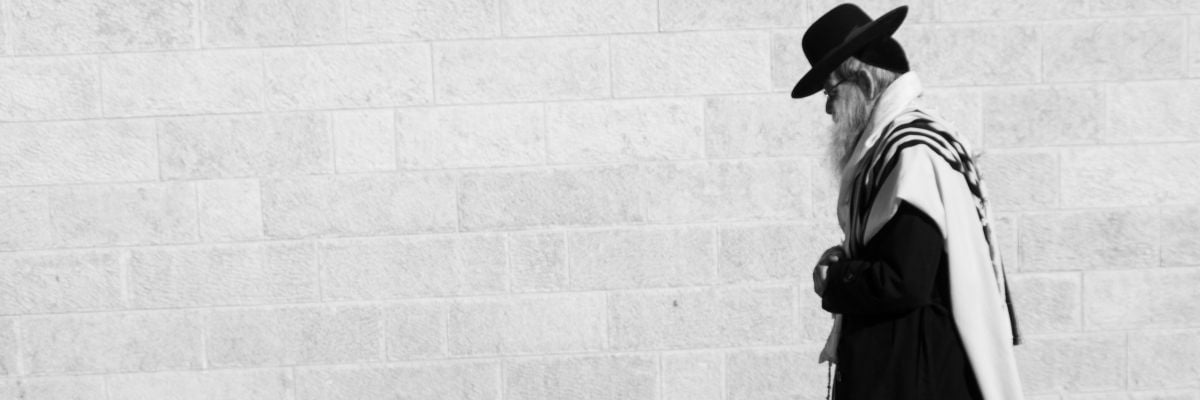
Question:
Answer:
The offices of rabbi and priest were distinct. Priests were descendants of Aaron, and they worked at the Temple in Jerusalem, though in Jesus’ day there were so many of them that they did not work through the whole year (Lk 1:5, 8-9). A rabbi was a religious teacher who operated out of the local synagogue and was not required to belong to any particular family or tribe in order to hold his position. Unlike priests, rabbis at that time did not receive payment for their teaching; they were expected to have a secular job instead (notice that Paul was a tentmaker [Acts 18:2-3; see also 1 Cor 9:3-15]).
Rabbis and priests tended to have different theological beliefs. Most priests were members of the Sadducees, the aristocratic, priestly party in Jerusalem, while most rabbis were Pharisees. These groups had great theological hostility toward one another. One key point on which they disagreed was whether there would be a resurrection of the dead. Pharisees said there would be, while Sadducees said there was no afterlife (Acts 23:8). The Sadducees also said angels and spirits do not exist, while Pharisees said they do.
Despite the mutual hostility, the two groups served together on the Sanhedrin, the ruling body of the Jews. When he was on trial before the Sanhedrin, Paul used the fact that its priests and rabbis had differing views to start an argument which jammed the machinery of justice and got him a change of venue to a Roman court (Acts 23:6-31).


